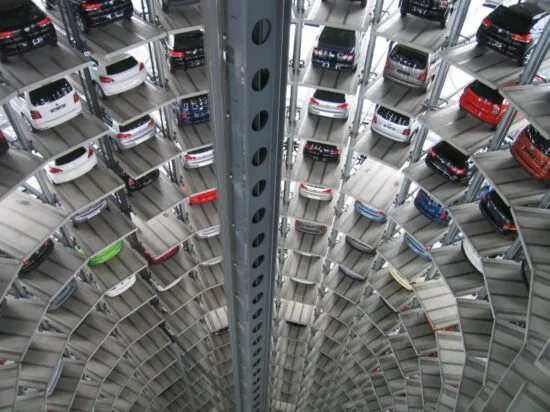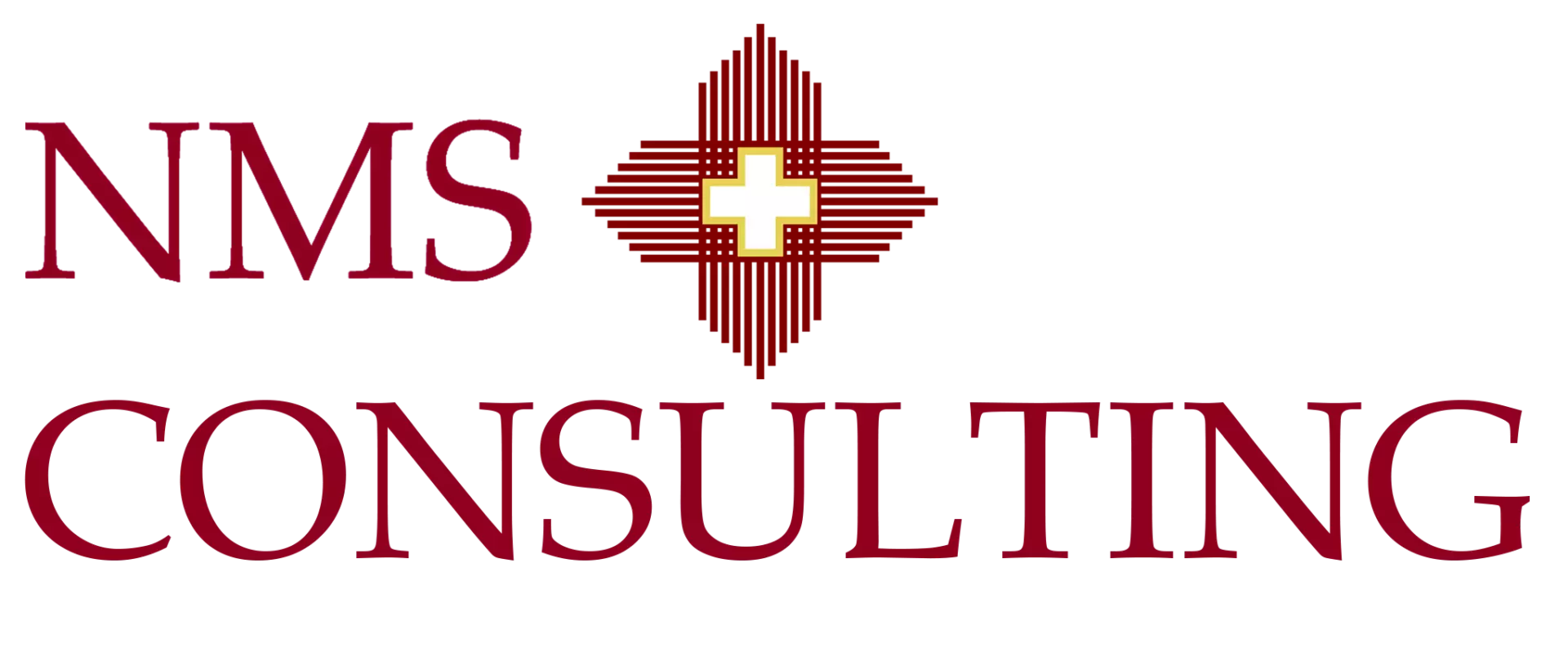Automotive Procurement Transformation & Supplier Performance

Home ›
Insights ›
Automotive ›
Automotive Procurement Transformation
Author:
Aykut Cakir · NMS Consulting
Published:
• Updated:
Build a clean spend baseline, protect launch quality with APQP and PPAP, and run sourcing waves across electronics, metals, plastics, batteries, logistics, and tooling. Use IATF 16949 based controls and battery regulation checks while delivering savings and line stability in ninety days.
Want a sourcing wave plan, supplier scorecards, and a ninety day savings path?
Talk to a consultant
Signals and Guardrails
- IATF 16949 defines the automotive quality management baseline that flows through the supply chain. source source
- APQP and the standalone Control Plan manual updated in 2024 sharpen launch discipline and control methods. source source
- EU Battery Regulation 2023-1542 introduces due diligence, battery passports, and recycled content targets that affect sourcing and supplier audits. source source
- Procurement leaders are leaning on analytics and AI to forecast commodities, manage risk, and improve negotiations. source
- Supply chain risk remains elevated, so board level visibility and structured mitigation matter. source
30-60-90 Procurement Playbook
First 30 Days: Baseline, Launch Controls, and Wave Design
- Build the spend cube and supplier map across electronics, metals, plastics, batteries, castings, forgings, interiors, logistics, tooling, and indirect.
- Confirm APQP deliverables and PPAP readiness for active programs. Tie controls to IATF 16949 and customer specific requirements. reference
- Assess EU Battery Regulation impact for battery and materials flows that touch the EU. reference
Days 31 to 60: Sourcing Waves and Early Savings
- Run competitive events and renegotiate terms where contracts allow. Add should-cost and index linkages for steel, aluminum, polymers, and electronics.
- Stand up analytics for price variance, PPV, lead time, on time in full, and PPM quality. Use risk signals for single source and line down exposure. reference
- Tighten inbound quality checks and logistics control towers for critical lanes.
Days 61 to 90: Supplier Development and Scale
- Launch supplier scorecards and quarterly business reviews with cost, quality, delivery, and launch milestones.
- Dual source high risk components where feasible. Align change control and control plans with APQP and customer formats. reference
- For batteries and cells that ship to the EU, confirm due diligence, passport data, and recycling targets with suppliers. reference
Category Levers and Metrics
| Category | Levers | Metrics | Guardrails |
|---|---|---|---|
| Semiconductors and Electronics | Long term agreements, buffer strategies, design-to-value | Lead time, line down risk, cost per ECU | Supplier QMS aligned to IATF 16949, change control, software version control |
| Batteries and Raw Materials | Dual source, index formulas, recycling credits | $ per kWh, yield, scrap, warranty return rate | EU Battery Regulation due diligence and passport where applicable |
| Metals, Castings, Forgings | Should-cost, yield improvement, tooling amortization | Material index variance, uptime, PPM | PPAP status, control plan coverage |
| Plastics and Interiors | Spec rationalization, color and resin harmonization | Scrap, cycle time, PPM | APQP deliverables complete and current |
| Logistics | Lane consolidation, penalty clauses, control tower | OTIF, premium freight, damage rate | Packaging standards, customs and trade compliance |
| Tooling and CapEx | Multi-cavity analysis, lifetime pricing, refurbishment plans | Tool uptime, yield, cost per part | PPAP tool signoff, change control |
| Indirect and IT | Software and tooling rationalization, catalog discipline | Contract coverage, compliance, cycle time | Access control, data retention |
Frequently Asked Questions
How Should Procurement Use APQP and PPAP?
Treat APQP deliverables as entry gates for sourcing. Ensure control plans match the process and that PPAP status is tracked through launch. The 2024 control plan manual clarifies linkages and methods that improve launch control. reference
What Belongs on an Automotive Supplier Scorecard?
Cost and variance to index, PPM, escape rate, on time in full, premium freight, launch deliverables, and corrective action effectiveness. Align the audit schedule to IATF 16949.
How Do EU Battery Rules Change Sourcing?
Battery and materials suppliers that ship to the EU need due diligence, passport data, and recycled content planning. These items should be part of contracts and audits. reference reference
Related Reading
- Automotive
- Automotive Supply Chain
- What Is Automotive Supply Chain Consulting?
- What Is Auto Procurement Consulting?
- How Management Consultants Help Automotive Companies
- How Automotive Consultants Help Speed Up Your Growth
Sources
- IATF Global Oversight. About IATF 16949. https://www.iatfglobaloversight.org/iatf-169492016/about/
- AIAG. IATF 16949 and APQP resources. https://www.aiag.org/expertise-areas/quality/iatf-16949-2016
- AIAG. APQP overview and training. https://www.aiag.org/training-and-resources/training-catalog/details/APTP
- Quality Magazine. AIAG Control Plan Manual update 2024. https://www.qualitymag.com/articles/98156-the-aiag-control-plan-manual
- European Commission. Batteries Regulation 2023-1542. https://environment.ec.europa.eu/topics/waste-and-recycling/batteries_en
- Bird & Bird. Due diligence under EU Battery Regulation. https://www.twobirds.com/en/insights/2024/belgium/due-diligence-policy-obligations-under-the-new-eu-batteries-regulation
- McKinsey. Ten CPO actions for 2024. https://www.mckinsey.com/capabilities/operations/our-insights/operations-blog/procurement-2024-the-next-ten-cpo-actions-to-meet-todays-toughest-challenges
- McKinsey. Supply chain risk survey 2024. https://www.mckinsey.com/capabilities/operations/our-insights/supply-chain-risk-survey
About the Author
Aykut Cakir, Senior Partner and Chief Executive Officer, has a demonstrated history in negotiations, business planning, business development. He has served as a Finance Director for gases & energy, pharmaceuticals, retail, FMCG, and automotive industries. He has collaborated closely with client leadership to co-create a customized operating model tailored to the unique needs of each project segment in the region. Aykut conducted workshops focused on developing effective communication strategies to ensure team alignment with new operating models and organizational changes.




